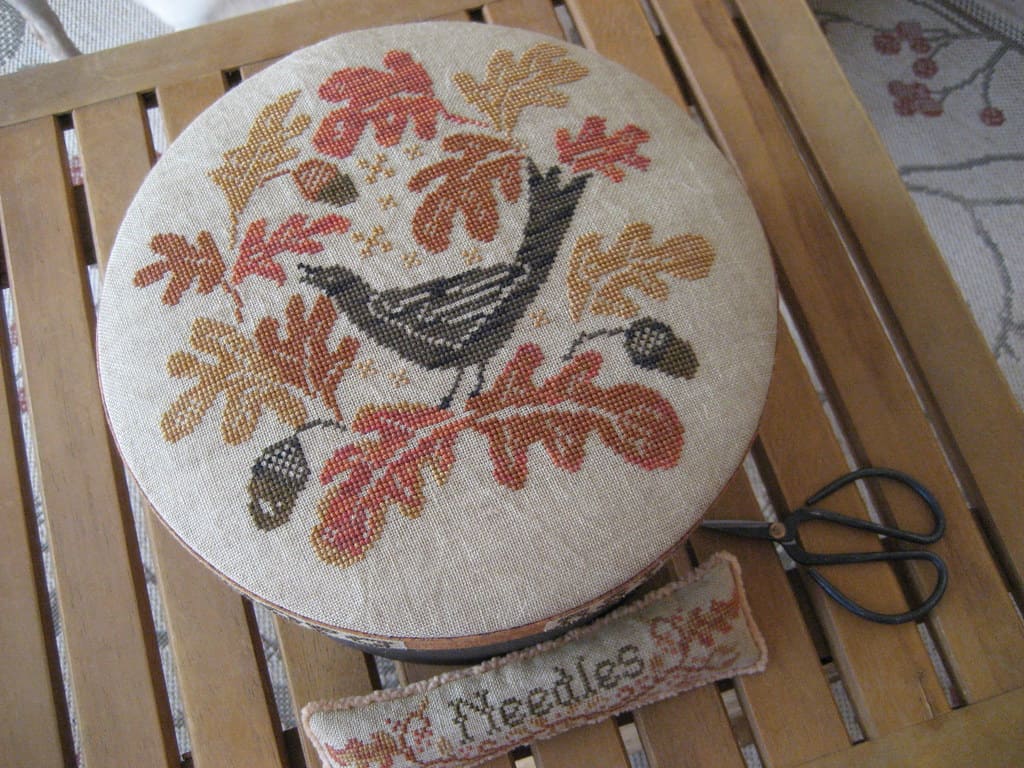My humble apologies to followers of the Tudor Rose Sampler Guild Blog. Spring has been rather busy so I, unfortunately, have not been able to put up a post or two or three about our recent gatherings, but I plan to remedy that over the next couple of days so I can get back to stitching!
One great thing about being a member of a guild, is the opportunity to learn new things. During our April meeting, Jennifer M. of our Guild taught our members how to Fingerloop Braid, giving us another method for making decorative trim for our stitching finishes.

As defined in Wikipedia, Fingerloop braiding is the technique of making sturdy, decorative cords from threads. It is a type of braiding known as loop manipulation. The braid is made from loops of thread, attached at a central point, and the loops placed over the fingers and interlaced in different ways.

It originated in the Middle Ages and excavations from London have produced numerous examples in silk, between the second half of the 12th century, and first half of the 15th. From the 15th century onwards, various directions and recipes for different fingerloop braid techniques began to appear in books and in print.
A related technique, which involved the loops being placed over the hand or fingers, is the Japanese Kute-uchi style. This technique arose in the 7th Century, and was used through the Middle Ages to the 19th century.
If you would like additional information, the internet is a wonderful way to explore and here is a website to get you started.
Now onto the best form of inspiration, the stitching of our members:
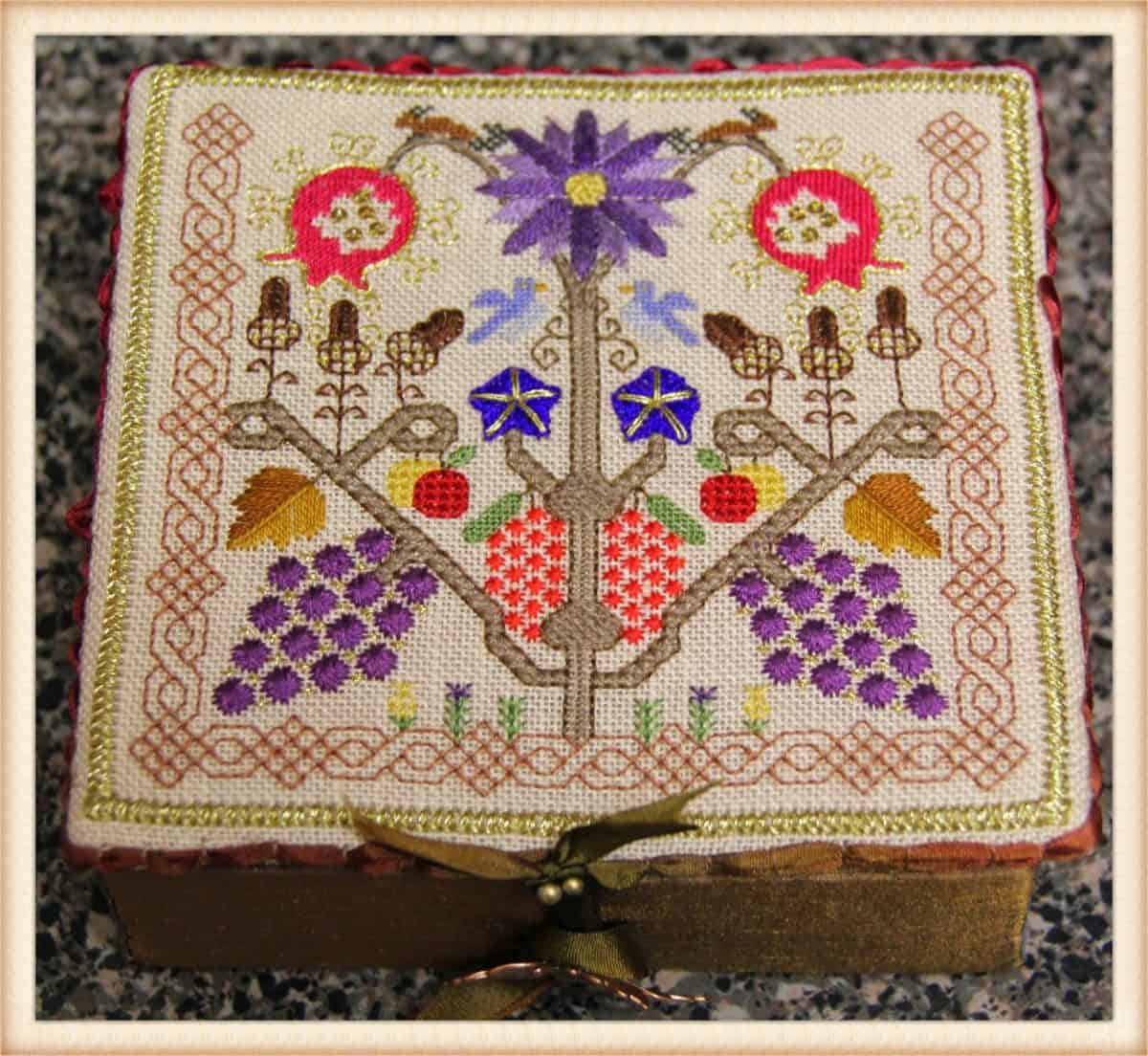

Finished by our own, Betty H.
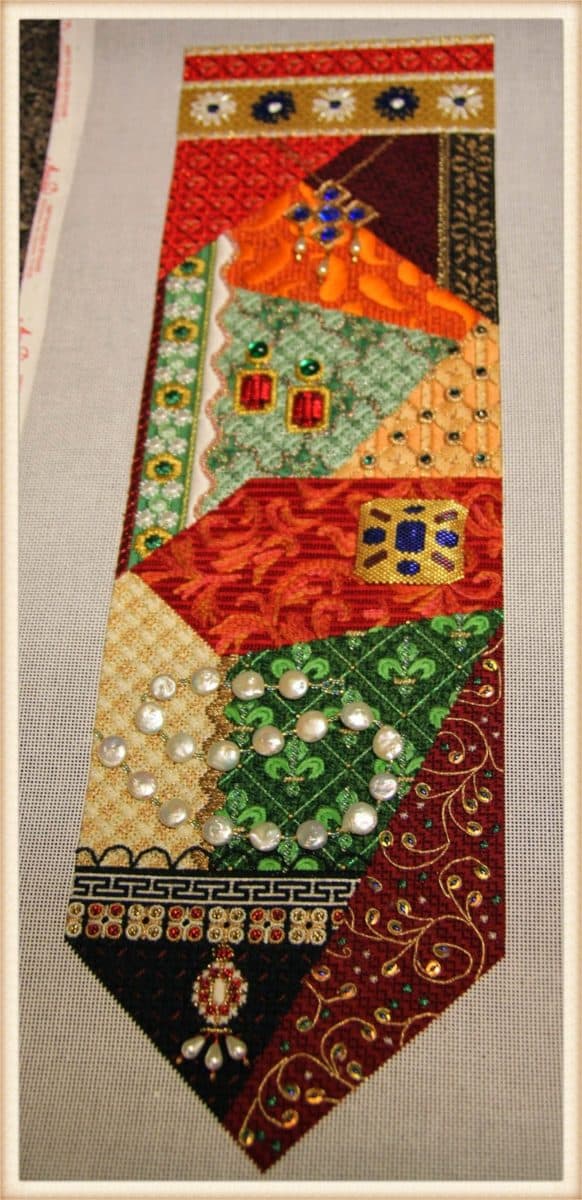

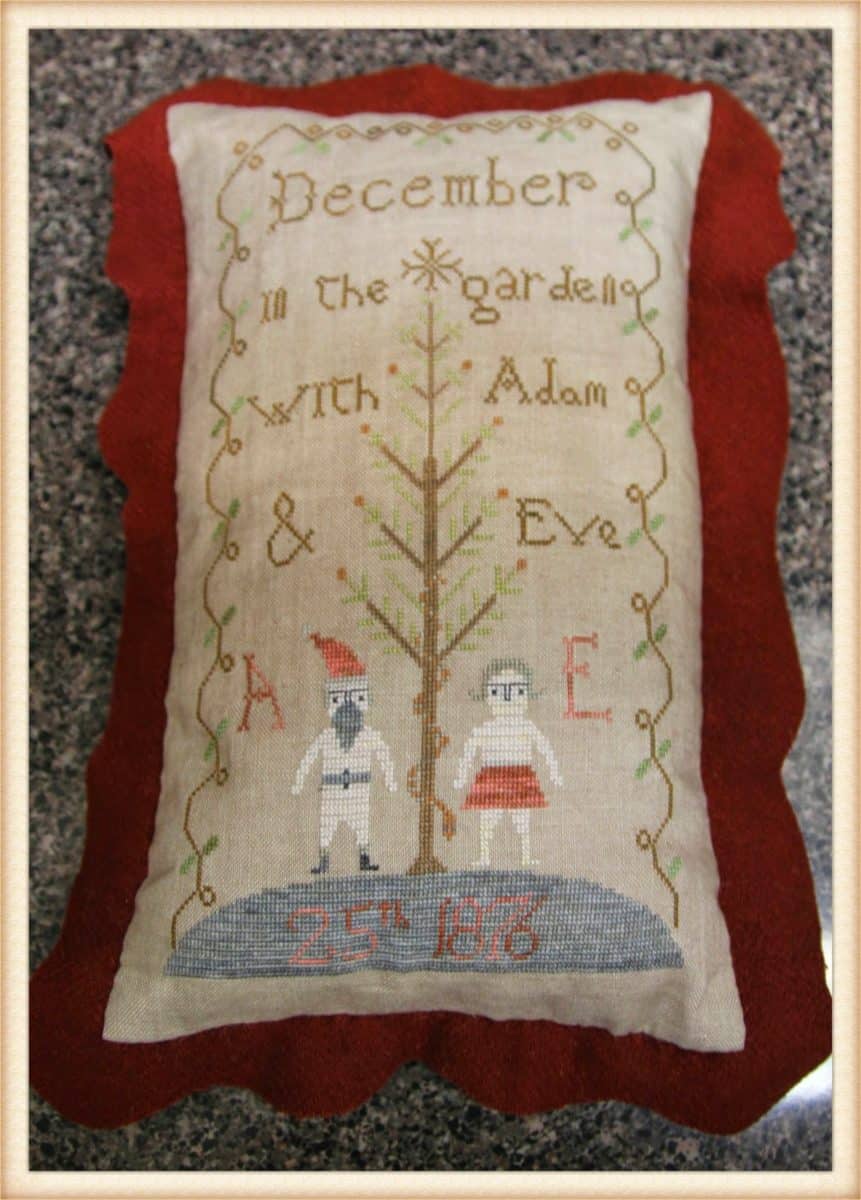
Finishing by Betty H.
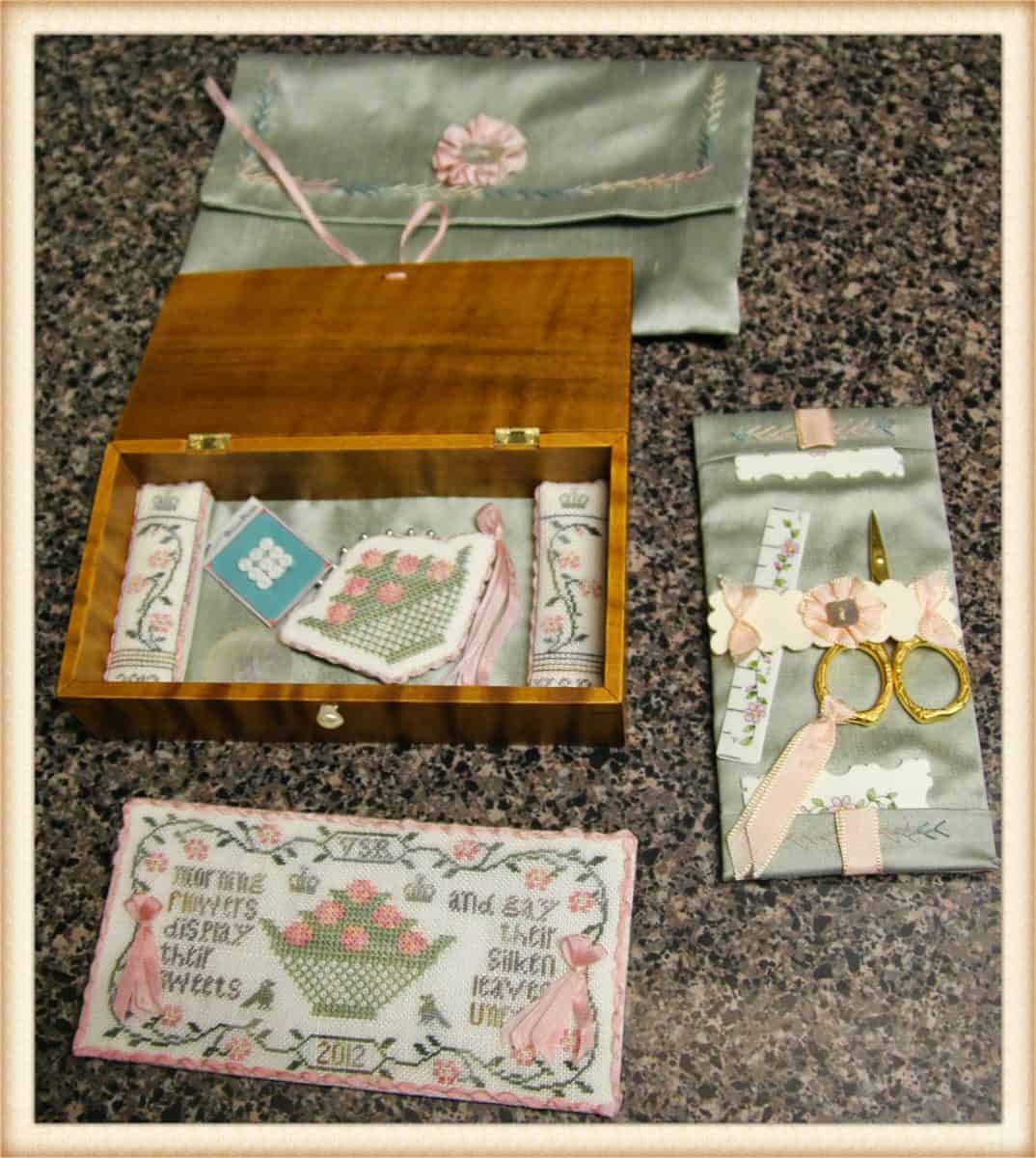
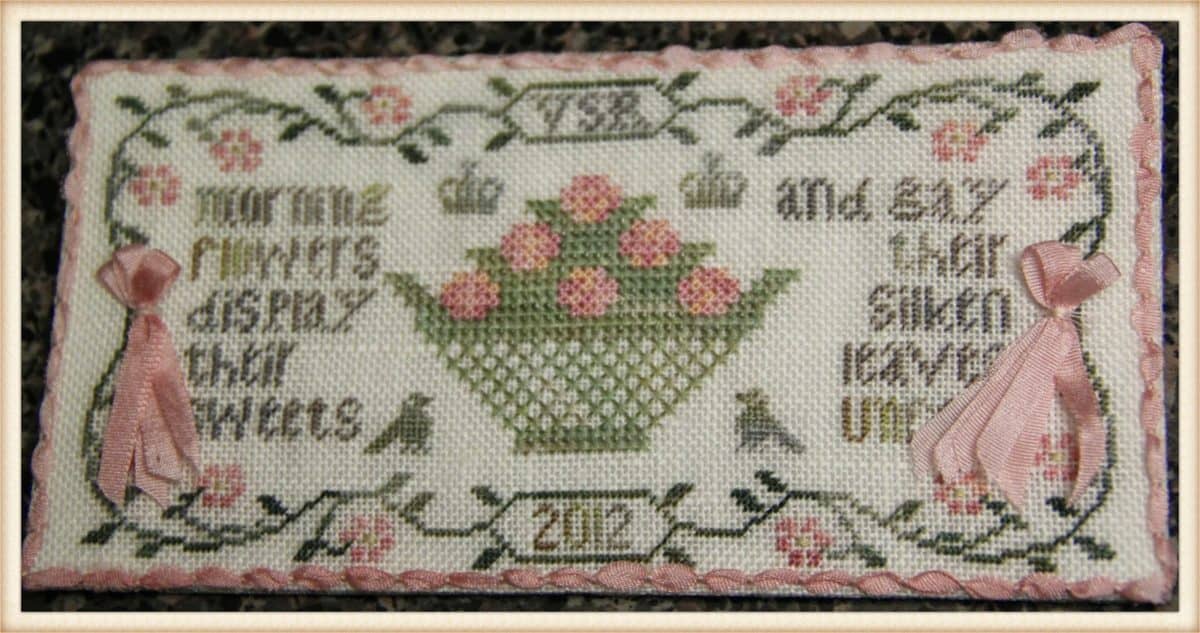
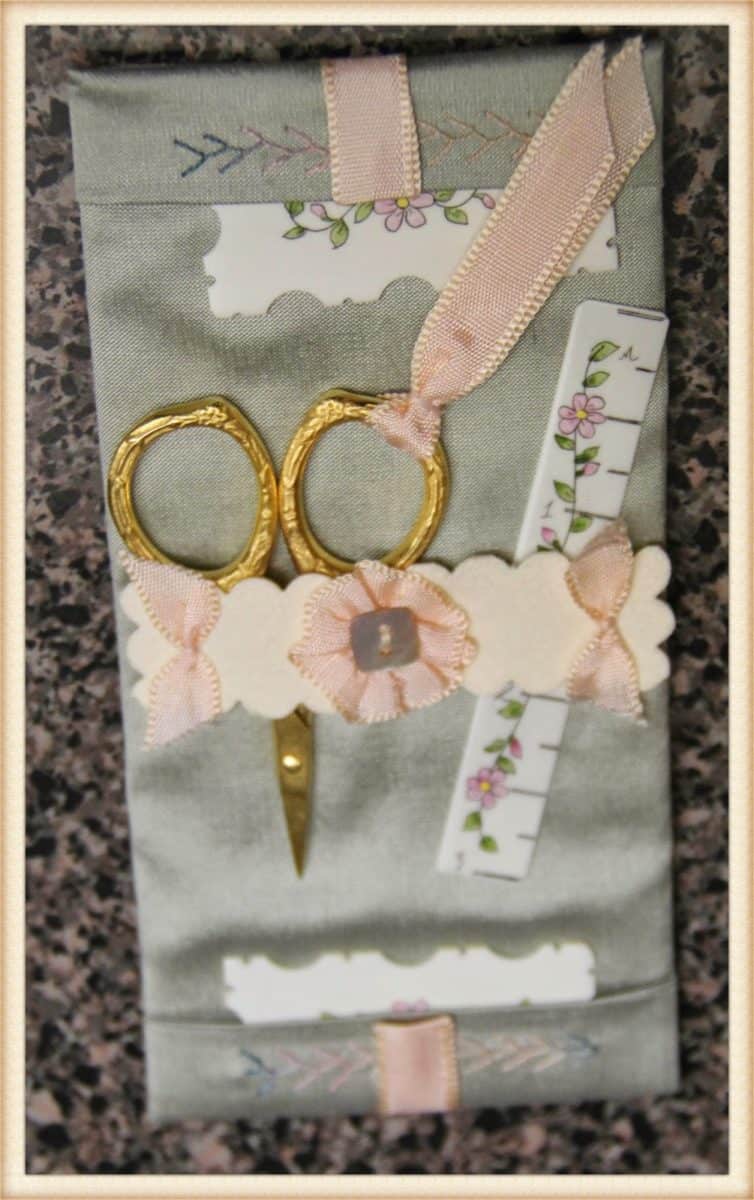
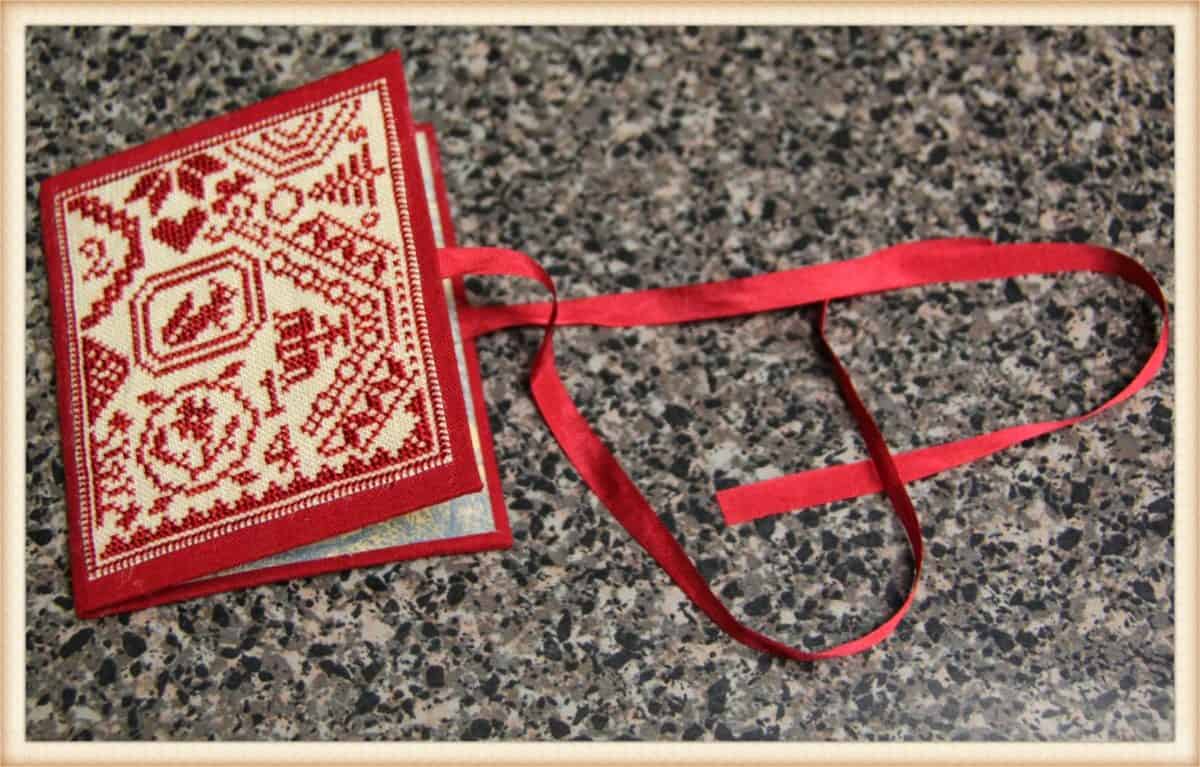



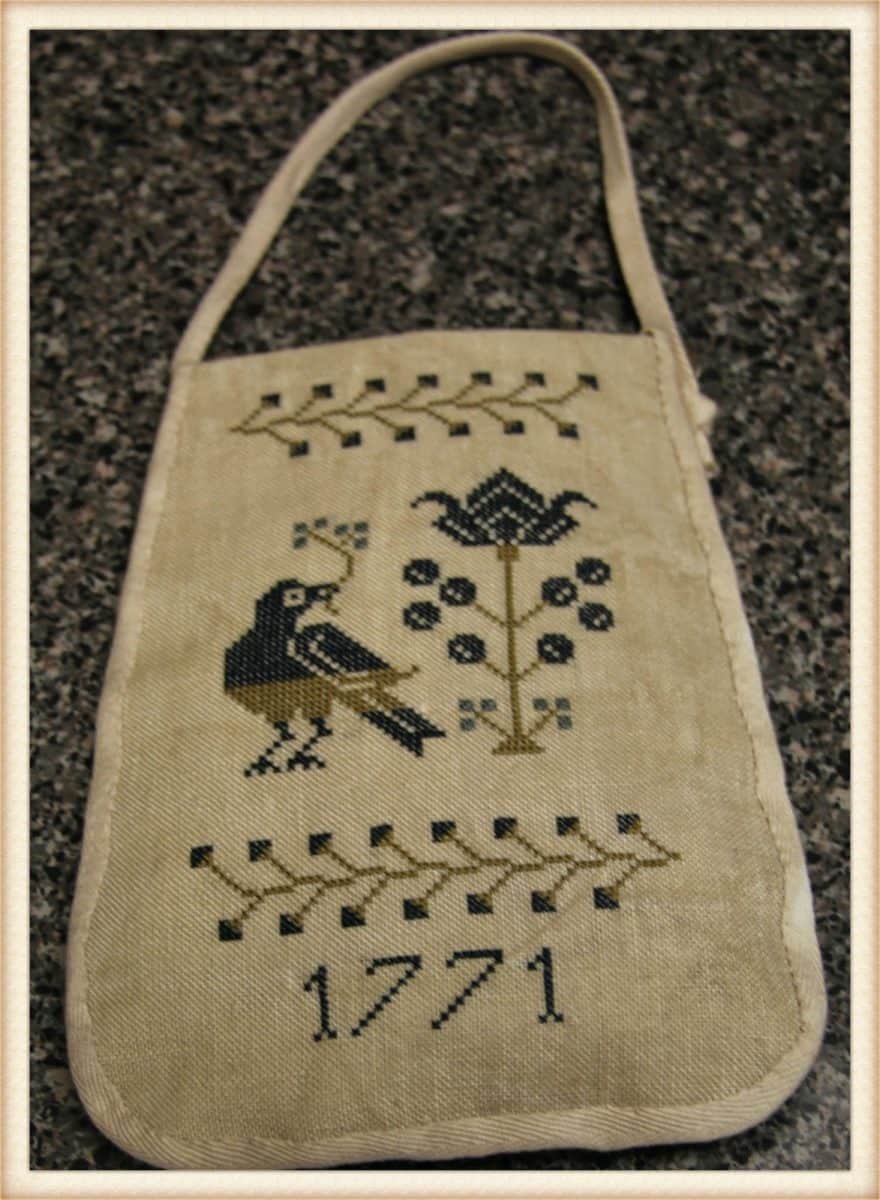



Also, take a moment and go check out the interview of Robert H. featured on the Scarlet Letter Year blog. (Note: the blog is no longer publicly viewable, sadly, as it was a wealth of information and inspiration.)
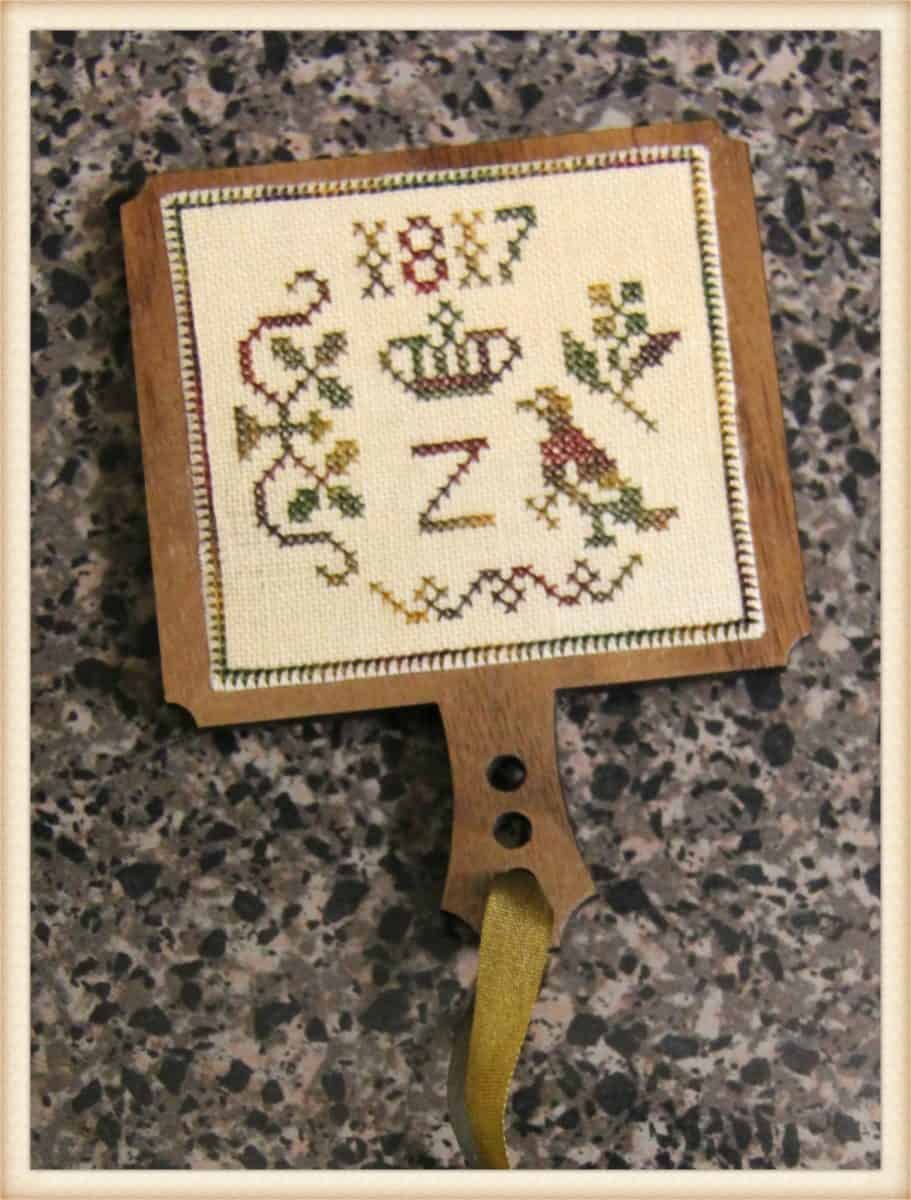

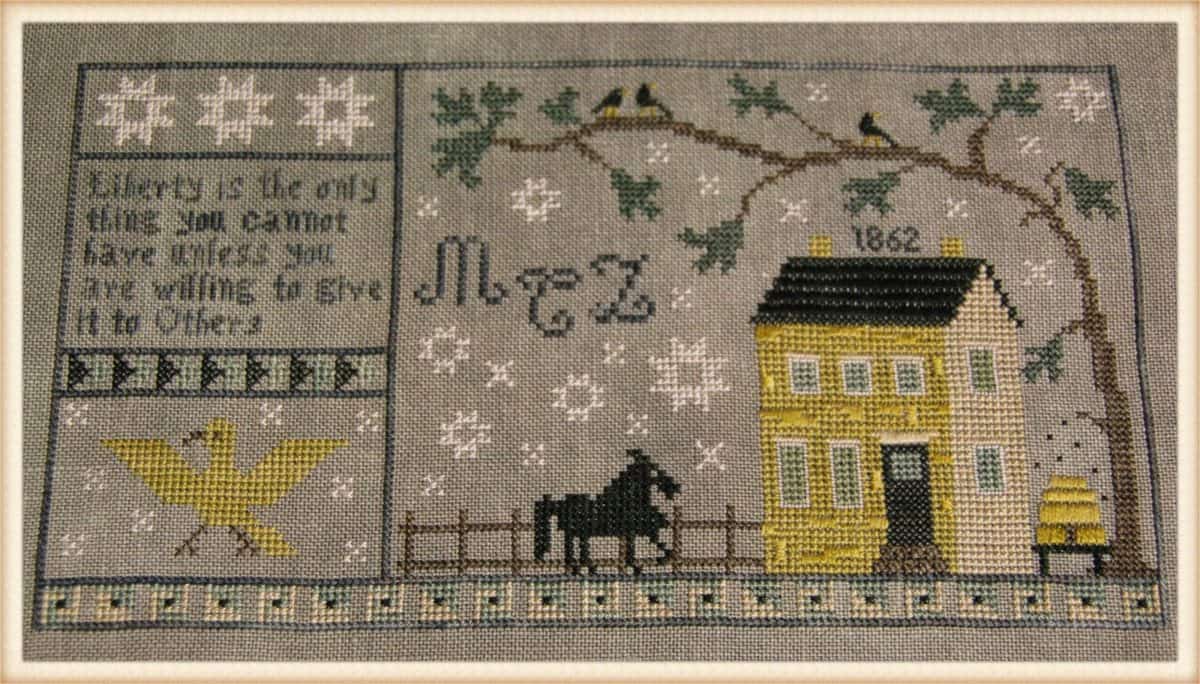

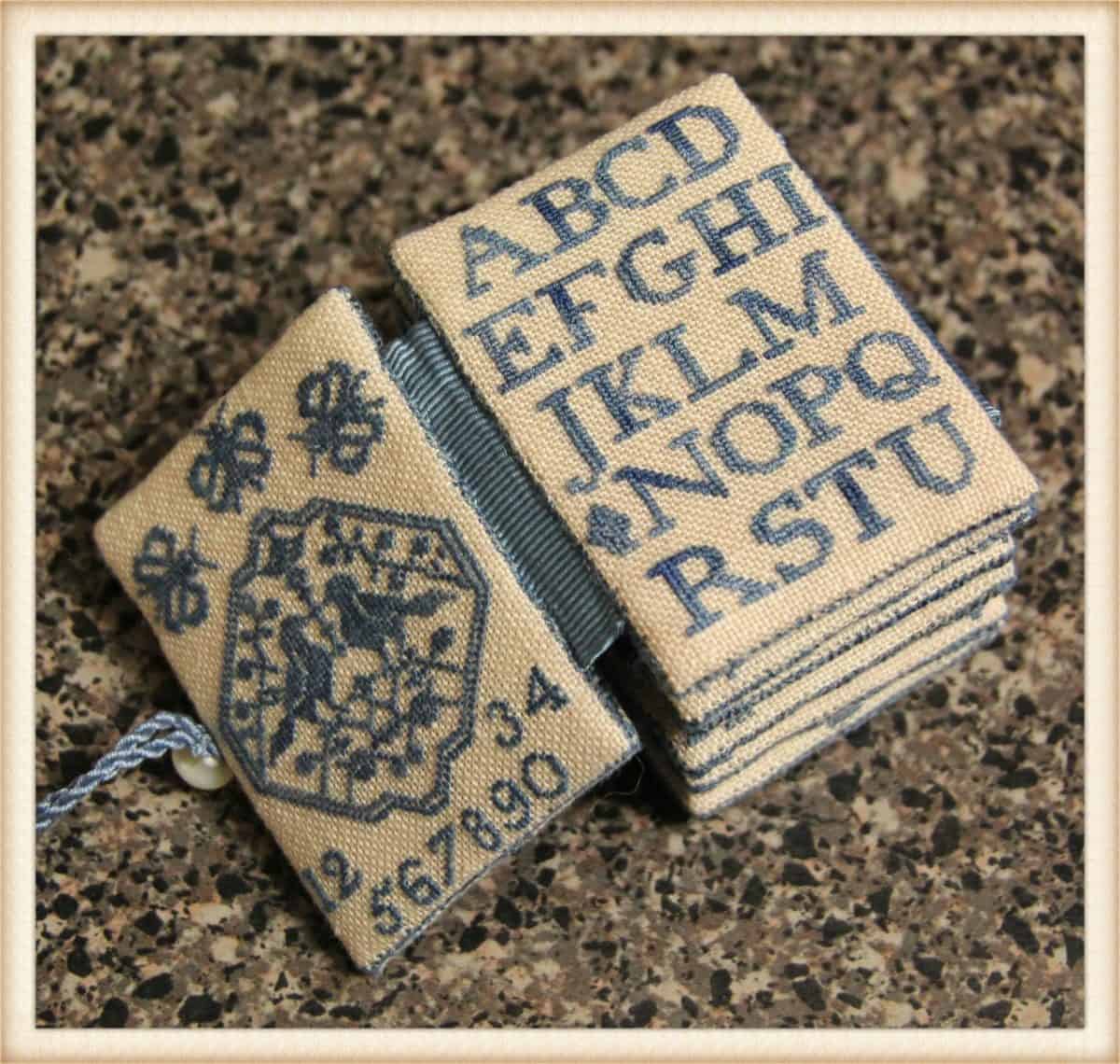
Finishing by Betty H.
The purpose of learning is growth, and our minds, unlike our bodies, can continue growing as long as we live.
Mortimer Adler


